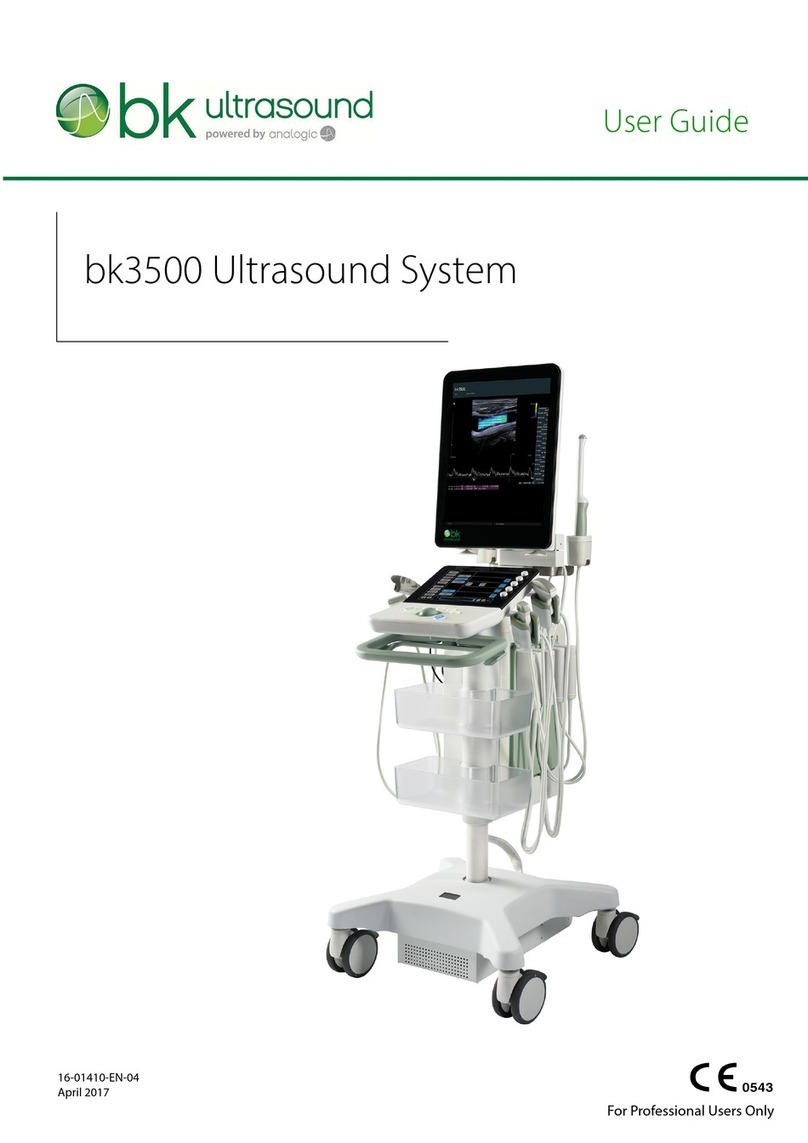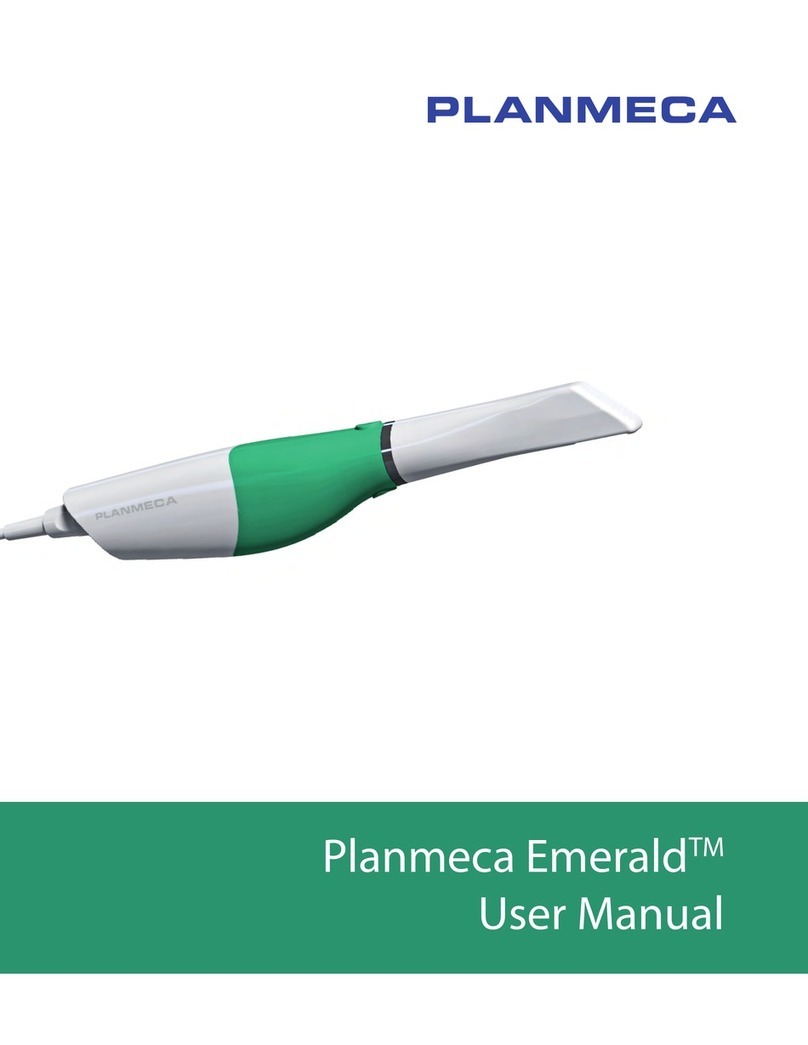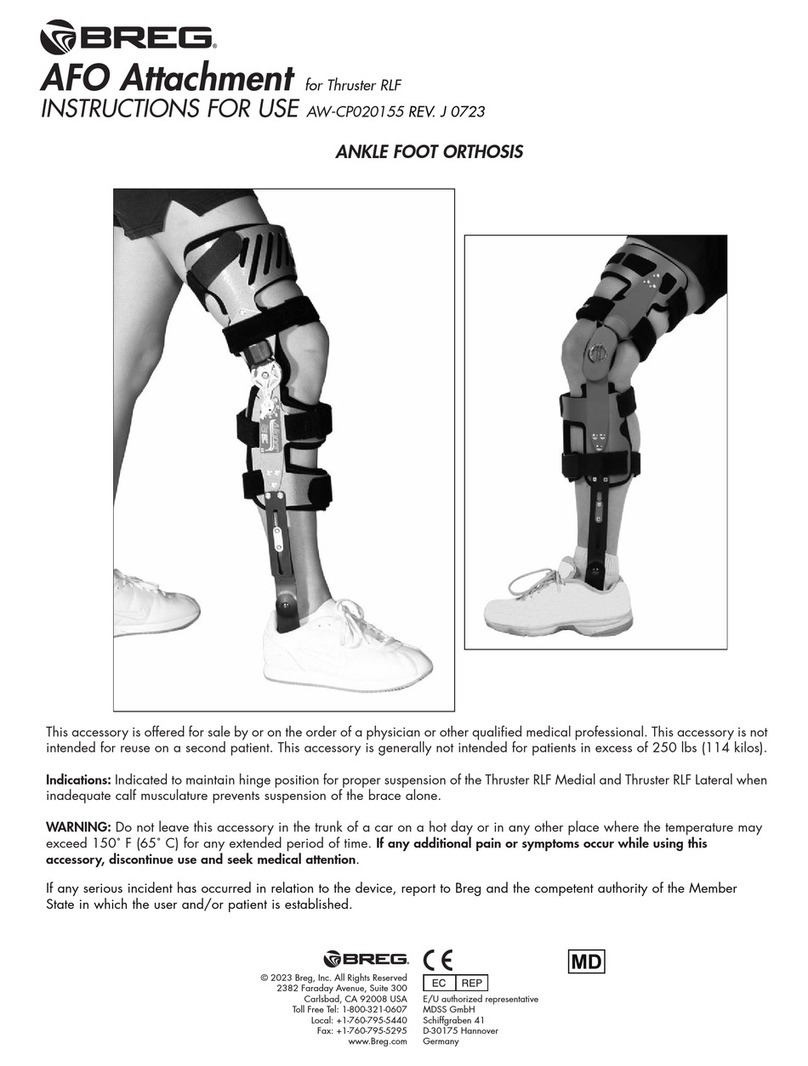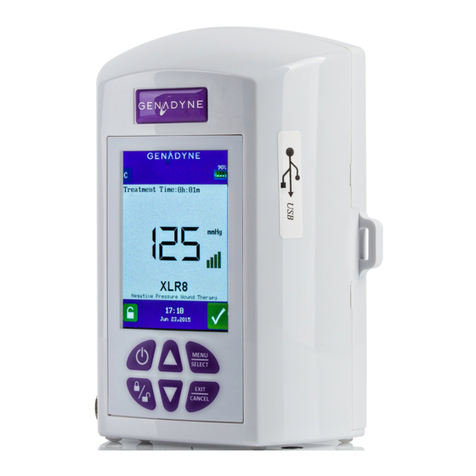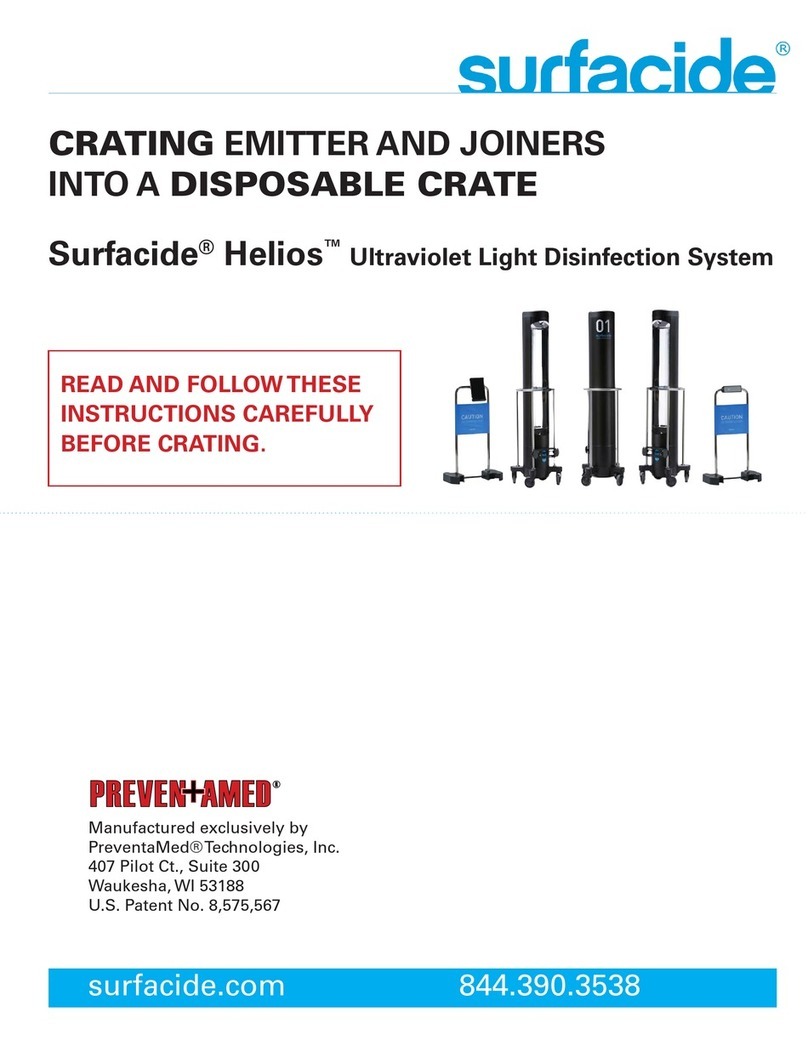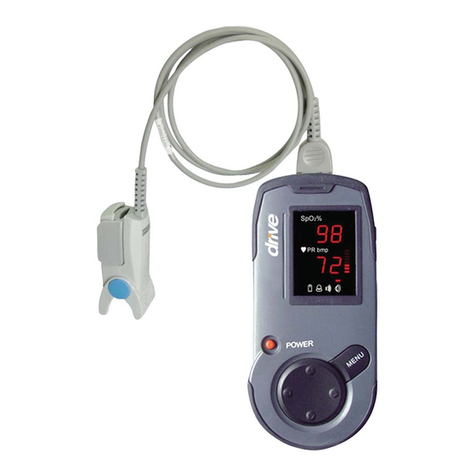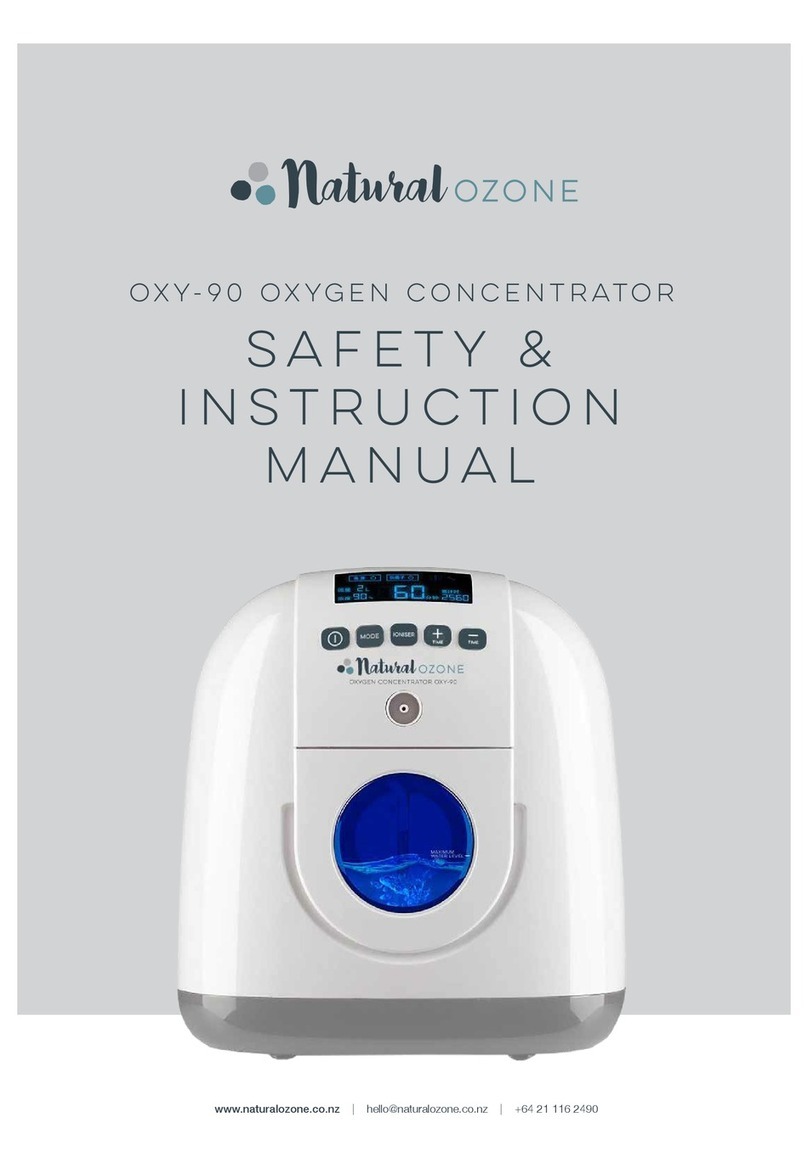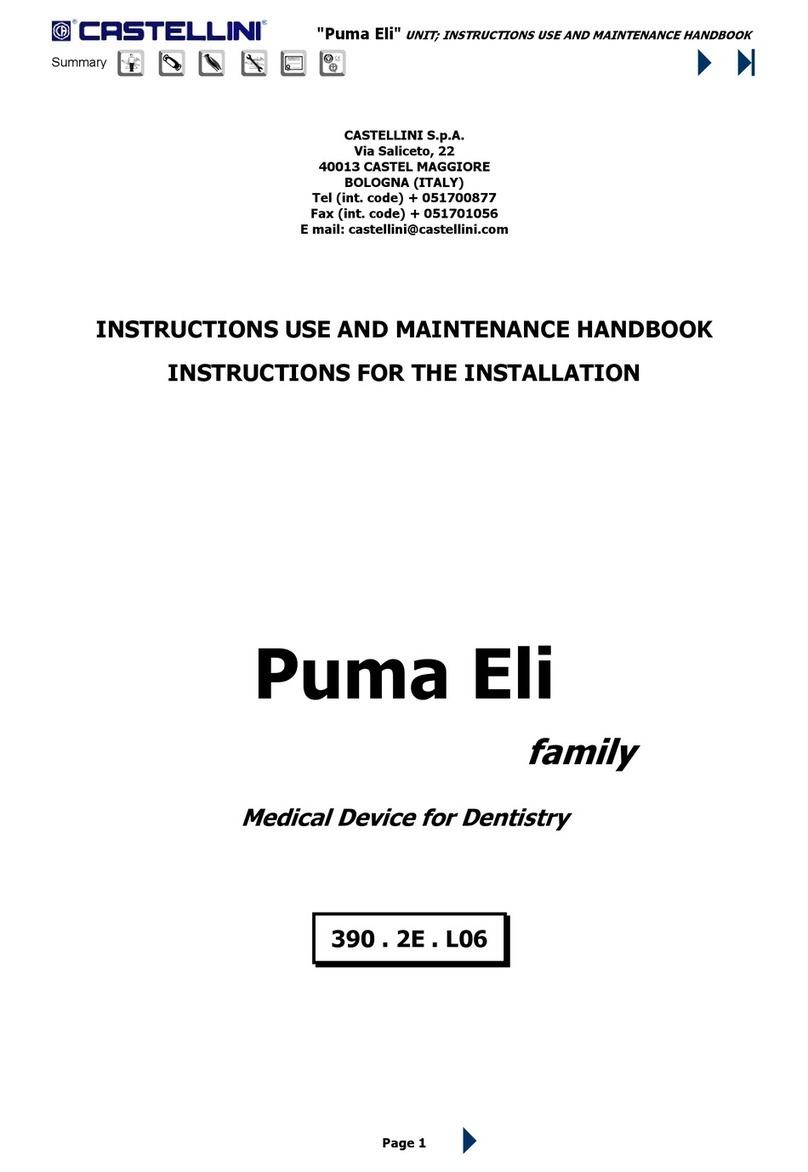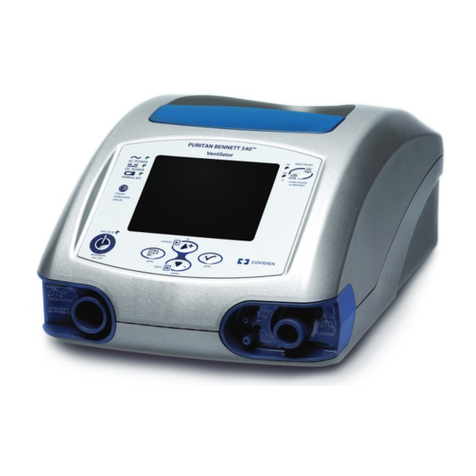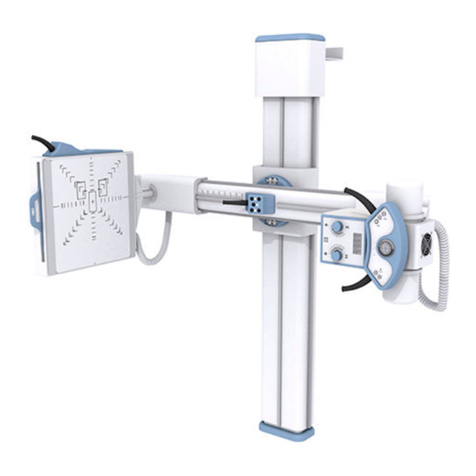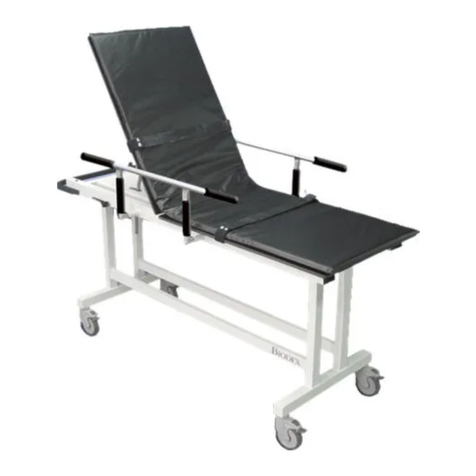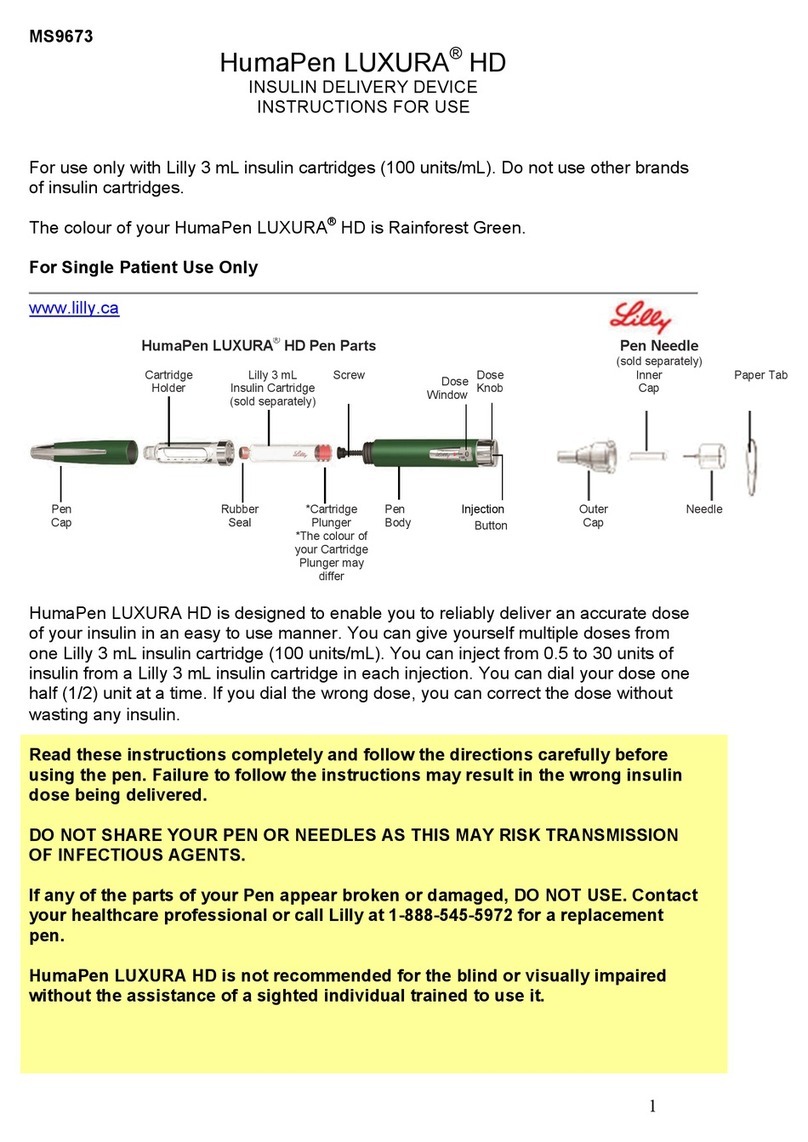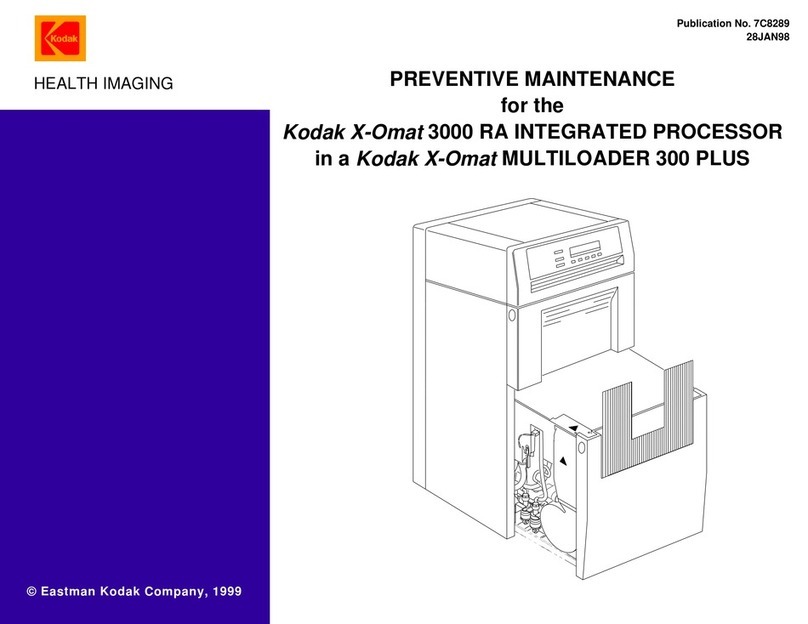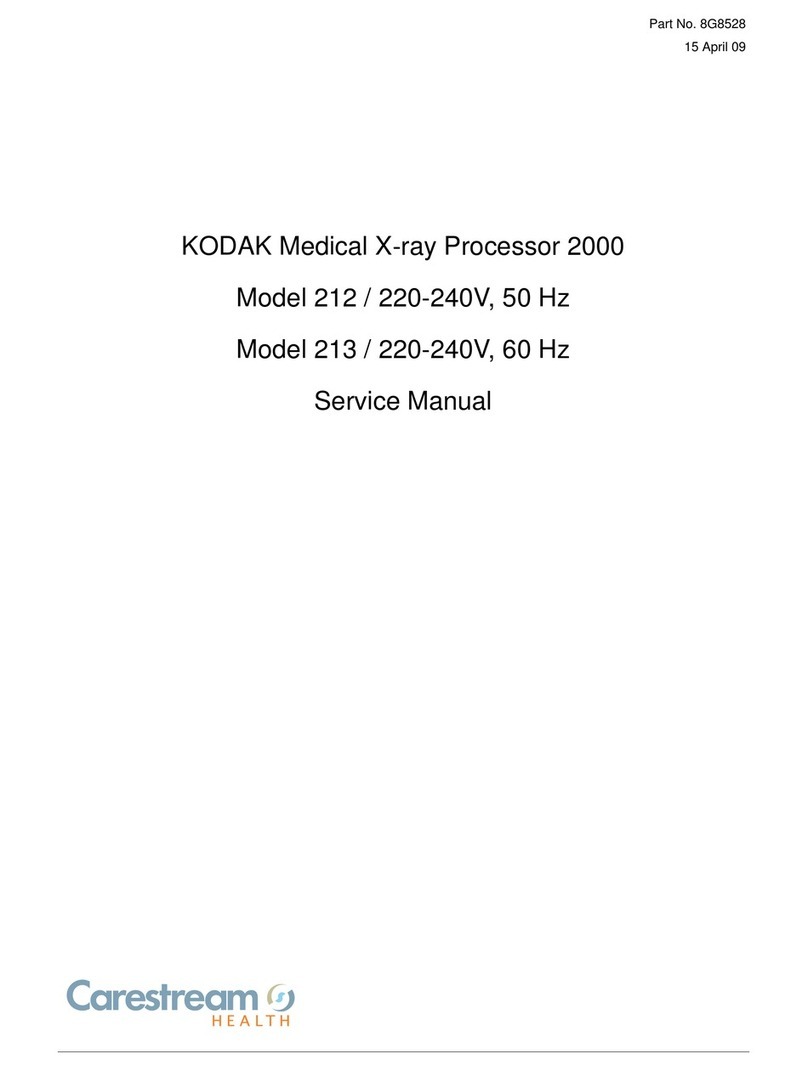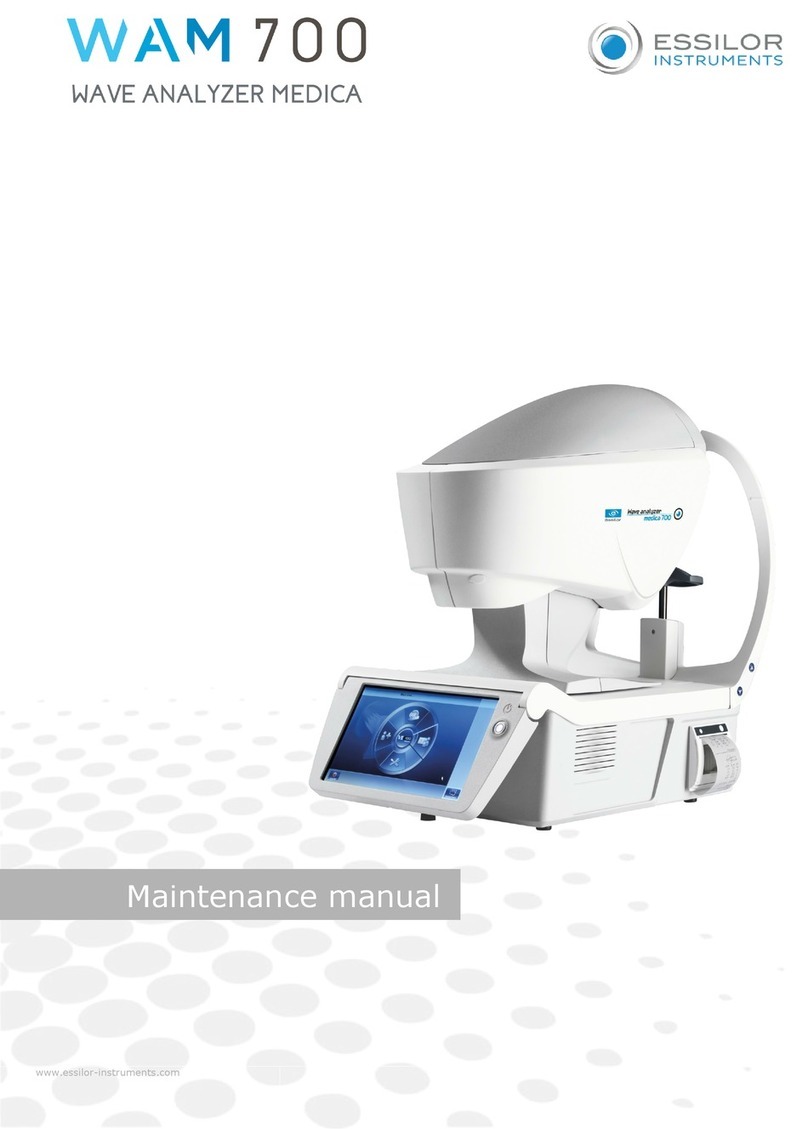bk ultrasound Flex Focus 1202 User manual

English
BB1756-Q
December 2015 For Professional Users Only
User Guide
Type 1202
Flex Focus
Ultrasound Systems

LEGAL MANUFACTURER
BK MEDICAL
Mileparken 34
2730 Herlev
Denmark
Tel.:+45 4452 8100 / Fax:+45 4452 8199
www.bkultrasound.com
Email: [email protected]
The serial number of a BK Medical product contains information about the year of manufacture. To
obtain the date of manufacture of a product, please contact your BK Medical representative or write to
us at the email address above, including the product's serial number (SN number).
BK Medical Customer Satisfaction
Input from our customers helps us improve our products and services. As part of our customer
satisfaction program, we contact a sample of our customers a few months after they receive their orders.
If you receive an email message from us asking for your feedback, we hope you will be willing to
answer some questions about your experience buying and using our products. Your opinions are
important to us. You are of course always welcome to contact us via your BK Medical representative or
by contacting us directly.
If you have comments about the user documentation, please write to us at the email address above. We
would like to hear from you.
Scanner Software
•
NOT FAULT TOLERANT
. THE SOFTWARE IS NOT FAULT TOLERANT. BK Medical HAS
INDEPENDENTLY DETERMINED HOW TO USE THE SOFTWARE IN THE DEVICE, AND MS HAS
RELIED UPON BK Medical TO CONDUCT SUFFICIENT TESTING TO DETERMINE THAT THE
SOFTWARE IS SUITABLE FOR USE.
•
EXPORT RESTRICTIONS
. You acknowledge that Windows XP Embedded is of US-origin. You agree to
comply with all applicable international and national laws that apply to Windows XP Embedded, including the
U.S. Export Administration Regulations, as well as end-user, end-use and country destination restrictions issued
by U.S. and other governments. For additional information on exporting Windows XP Embedded, see http://
www.microsoft.com/exporting/
•
The Flex Focus 1202 Ultrasound System is closed. Any modification of or installation of software to the system
may compromise safety and function of the system. Any modification of or installation of software without written
permission fromBK Medical will immediately void any warranty supplied by BK Medical. Such changes will also
void any service contract and result in charges to the customer for restoration of the original Flex Focus 1202
Ultrasound System.
Trademarks:
DICOM
®
is the registered trademark of the National Electrical Manufacturers Association for its standards
publications relating to digital communications of medical information.
FireWire™ is a trademark of Apple Computer, Inc.
HistoScanning™ is a trademark of Advanced Medical Diagnostics SA.
Microsoft
®
and Windows
®
are registered trademarks of Microsoft Corporation in the United States and other
countries.
© 2015 BK Medical
Information in this document may be subject to change without notice.

3
Contents
Chapter 1 General Information . . . . . . . . . . . . . . . . . . . . . . . . . . . . . . . . . . . . . . . . . . . . . . . . . . . . . . . . 7
Essential Performance . . . . . . . . . . . . . . . . . . . . . . . . . . . . . . . . . . . . . . . . . . . . . . 7
Intended Use . . . . . . . . . . . . . . . . . . . . . . . . . . . . . . . . . . . . . . . . . . . . . . . . . . . . . 8
Modes of Operation . . . . . . . . . . . . . . . . . . . . . . . . . . . . . . . . . . . . . . . . . . . . . . . . 8
Indications for Use . . . . . . . . . . . . . . . . . . . . . . . . . . . . . . . . . . . . . . . . . . . . . . . . 9
Contraindications. . . . . . . . . . . . . . . . . . . . . . . . . . . . . . . . . . . . . . . . . . . . . . . . . . 9
Chapter 2 Safety Information . . . . . . . . . . . . . . . . . . . . . . . . . . . . . . . . . . . . . . . . . . . . . . . . . . . . . . . . 11
Safety Information. . . . . . . . . . . . . . . . . . . . . . . . . . . . . . . . . . . . . . . . . . . . . . . . 11
Safety Symbols and Information on the Equipment . . . . . . . . . . . . . . . . . . . . . . 11
CE Marks on Electrical Devices . . . . . . . . . . . . . . . . . . . . . . . . . . . . . . . . . . . . . 13
General Safety Precautions . . . . . . . . . . . . . . . . . . . . . . . . . . . . . . . . . . . . . . . . . 13
Mechanical Safety . . . . . . . . . . . . . . . . . . . . . . . . . . . . . . . . . . . . . . . . . . . . . . . . 14
Explosion Hazards. . . . . . . . . . . . . . . . . . . . . . . . . . . . . . . . . . . . . . . . . . . . . . . . 15
Electrical Safety. . . . . . . . . . . . . . . . . . . . . . . . . . . . . . . . . . . . . . . . . . . . . . . . . . 16
ESD Training . . . . . . . . . . . . . . . . . . . . . . . . . . . . . . . . . . . . . . . . . . . . . . . . 16
Interference . . . . . . . . . . . . . . . . . . . . . . . . . . . . . . . . . . . . . . . . . . . . . . . . . . . . . 16
Electrical Noise. . . . . . . . . . . . . . . . . . . . . . . . . . . . . . . . . . . . . . . . . . . . . . . 17
Electromagnetic Interference . . . . . . . . . . . . . . . . . . . . . . . . . . . . . . . . . . . . 17
RF (Radio Frequency) Interference . . . . . . . . . . . . . . . . . . . . . . . . . . . . . . . 17
Installation . . . . . . . . . . . . . . . . . . . . . . . . . . . . . . . . . . . . . . . . . . . . . . . . . . . . . . 18
Connecting Other Equipment . . . . . . . . . . . . . . . . . . . . . . . . . . . . . . . . . . . . . . . 18
Network Connection . . . . . . . . . . . . . . . . . . . . . . . . . . . . . . . . . . . . . . . . . . . . . . 19
Network Security . . . . . . . . . . . . . . . . . . . . . . . . . . . . . . . . . . . . . . . . . . . . . 19
Network Printing . . . . . . . . . . . . . . . . . . . . . . . . . . . . . . . . . . . . . . . . . . . . . 19
Connectors . . . . . . . . . . . . . . . . . . . . . . . . . . . . . . . . . . . . . . . . . . . . . . . . . . 20
HistoScanning. . . . . . . . . . . . . . . . . . . . . . . . . . . . . . . . . . . . . . . . . . . . . . . . 24
Using the System with a Lithotriptor . . . . . . . . . . . . . . . . . . . . . . . . . . . . . . 24
EMC Requirements . . . . . . . . . . . . . . . . . . . . . . . . . . . . . . . . . . . . . . . . . . . 25
Isolation of DICOM Network. . . . . . . . . . . . . . . . . . . . . . . . . . . . . . . . . . . . 25
Wireless Network (Wi-Fi) . . . . . . . . . . . . . . . . . . . . . . . . . . . . . . . . . . . . . . 25
Medical Equipment. . . . . . . . . . . . . . . . . . . . . . . . . . . . . . . . . . . . . . . . . . . . 28
Non-Medical Equipment . . . . . . . . . . . . . . . . . . . . . . . . . . . . . . . . . . . . . . . 28
Battery Support System. . . . . . . . . . . . . . . . . . . . . . . . . . . . . . . . . . . . . . . . . . . . 29
If the System Will Not Start . . . . . . . . . . . . . . . . . . . . . . . . . . . . . . . . . . . . . 30
Touch Screen . . . . . . . . . . . . . . . . . . . . . . . . . . . . . . . . . . . . . . . . . . . . . . . . . . . . 30
Remote Control . . . . . . . . . . . . . . . . . . . . . . . . . . . . . . . . . . . . . . . . . . . . . . . . . . 30
Computer Security. . . . . . . . . . . . . . . . . . . . . . . . . . . . . . . . . . . . . . . . . . . . . . . . 31
Service and Repair. . . . . . . . . . . . . . . . . . . . . . . . . . . . . . . . . . . . . . . . . . . . . . . . 31
Transducers . . . . . . . . . . . . . . . . . . . . . . . . . . . . . . . . . . . . . . . . . . . . . . . . . . . . . 31
During an Examination . . . . . . . . . . . . . . . . . . . . . . . . . . . . . . . . . . . . . . . . . . . . 32
Checking the Date . . . . . . . . . . . . . . . . . . . . . . . . . . . . . . . . . . . . . . . . . . . . 32
Verifying the Transducer Type. . . . . . . . . . . . . . . . . . . . . . . . . . . . . . . . . . . 33
Measurements. . . . . . . . . . . . . . . . . . . . . . . . . . . . . . . . . . . . . . . . . . . . . . . . 33
VFI – Vector Flow Imaging . . . . . . . . . . . . . . . . . . . . . . . . . . . . . . . . . . . . . 33
English source version
BB1756-Q

4
Puncture and Brachytherapy. . . . . . . . . . . . . . . . . . . . . . . . . . . . . . . . . . . . . 34
3D . . . . . . . . . . . . . . . . . . . . . . . . . . . . . . . . . . . . . . . . . . . . . . . . . . . . . . . . . 35
Picture in Picture . . . . . . . . . . . . . . . . . . . . . . . . . . . . . . . . . . . . . . . . . . . . . 36
Acoustic Output. . . . . . . . . . . . . . . . . . . . . . . . . . . . . . . . . . . . . . . . . . . . . . . . . . 36
General . . . . . . . . . . . . . . . . . . . . . . . . . . . . . . . . . . . . . . . . . . . . . . . . . . . . . 36
Monitor Display . . . . . . . . . . . . . . . . . . . . . . . . . . . . . . . . . . . . . . . . . . . . . . 37
Thermal and Mechanical Indices . . . . . . . . . . . . . . . . . . . . . . . . . . . . . . . . . 37
Acoustic Output Measurement . . . . . . . . . . . . . . . . . . . . . . . . . . . . . . . . . . . 38
Functions Affecting Acoustic Output. . . . . . . . . . . . . . . . . . . . . . . . . . . . . . 39
Default Acoustic Output. . . . . . . . . . . . . . . . . . . . . . . . . . . . . . . . . . . . . . . . 39
Clinical Measurements: Ranges and Accuracies. . . . . . . . . . . . . . . . . . . . . . . . . 40
Geometric Measurements . . . . . . . . . . . . . . . . . . . . . . . . . . . . . . . . . . . . . . . 41
Time Measurements . . . . . . . . . . . . . . . . . . . . . . . . . . . . . . . . . . . . . . . . . . . 42
Doppler Measurements. . . . . . . . . . . . . . . . . . . . . . . . . . . . . . . . . . . . . . . . . 42
References . . . . . . . . . . . . . . . . . . . . . . . . . . . . . . . . . . . . . . . . . . . . . . . . . . . . . . 42
Chapter 3 Adjusting the System . . . . . . . . . . . . . . . . . . . . . . . . . . . . . . . . . . . . . . . . . . . . . . . . . . . . . . 45
Calibrating the Touch Screen Alignment . . . . . . . . . . . . . . . . . . . . . . . . . . . . . . 45
Adjusting the Touch Screen . . . . . . . . . . . . . . . . . . . . . . . . . . . . . . . . . . . . . . . . 45
Chapter 4 Battery Support . . . . . . . . . . . . . . . . . . . . . . . . . . . . . . . . . . . . . . . . . . . . . . . . . . . . . . . . . . . 47
Before You Start . . . . . . . . . . . . . . . . . . . . . . . . . . . . . . . . . . . . . . . . . . . . . . . . . 47
Imaging with Battery Support . . . . . . . . . . . . . . . . . . . . . . . . . . . . . . . . . . . . . . . 47
Battery Pack Location . . . . . . . . . . . . . . . . . . . . . . . . . . . . . . . . . . . . . . . . . . . . . 47
Power Supply. . . . . . . . . . . . . . . . . . . . . . . . . . . . . . . . . . . . . . . . . . . . . . . . . . . . 48
Plugging in the System . . . . . . . . . . . . . . . . . . . . . . . . . . . . . . . . . . . . . . . . . 48
Charging the Batteries . . . . . . . . . . . . . . . . . . . . . . . . . . . . . . . . . . . . . . . . . 49
Battery Status. . . . . . . . . . . . . . . . . . . . . . . . . . . . . . . . . . . . . . . . . . . . . . . . . . . . 49
Information Available on the Monitor . . . . . . . . . . . . . . . . . . . . . . . . . . . . . 49
Information Available on Battery Pack . . . . . . . . . . . . . . . . . . . . . . . . . . . . 50
Power Save Mode. . . . . . . . . . . . . . . . . . . . . . . . . . . . . . . . . . . . . . . . . . . . . 51
Changing or Replacing a Battery . . . . . . . . . . . . . . . . . . . . . . . . . . . . . . . . . . . . 52
Battery Life. . . . . . . . . . . . . . . . . . . . . . . . . . . . . . . . . . . . . . . . . . . . . . . . . . 52
Battery Support Setup. . . . . . . . . . . . . . . . . . . . . . . . . . . . . . . . . . . . . . . . . . 53
Connectors. . . . . . . . . . . . . . . . . . . . . . . . . . . . . . . . . . . . . . . . . . . . . . . . . . . . . . 53
Cleaning and Disinfection . . . . . . . . . . . . . . . . . . . . . . . . . . . . . . . . . . . . . . . . . . 53
Battery Charger Station (UA1247) . . . . . . . . . . . . . . . . . . . . . . . . . . . . . . . . . . . 53
Recharging a Battery in the Battery Charger Station . . . . . . . . . . . . . . . . . . 54
Cleaning and Disinfection . . . . . . . . . . . . . . . . . . . . . . . . . . . . . . . . . . . . . . . . . . 54
Chapter 5 Remote Control . . . . . . . . . . . . . . . . . . . . . . . . . . . . . . . . . . . . . . . . . . . . . . . . . . . . . . . . . . . 55
The Remote Control and Its Functions . . . . . . . . . . . . . . . . . . . . . . . . . . . . . . . . 55
Pairing the Remote Control with the System . . . . . . . . . . . . . . . . . . . . . . . . 55
Sleep . . . . . . . . . . . . . . . . . . . . . . . . . . . . . . . . . . . . . . . . . . . . . . . . . . . . . . . 56
Mouse Function . . . . . . . . . . . . . . . . . . . . . . . . . . . . . . . . . . . . . . . . . . . . . . 56
Replacing Batteries . . . . . . . . . . . . . . . . . . . . . . . . . . . . . . . . . . . . . . . . . . . . . . . 56
Cleaning and Disinfection . . . . . . . . . . . . . . . . . . . . . . . . . . . . . . . . . . . . . . . . . . 57

5
Chapter 6 Getting Started . . . . . . . . . . . . . . . . . . . . . . . . . . . . . . . . . . . . . . . . . . . . . . . . . . . . . . . . . . . 59
Index . . . . . . . . . . . . . . . . . . . . . . . . . . . . . . . . . . . . . . . . . . . . . . . . . . . . . . . . . . . . . . . . . . . . . . . . . . . . . 61

6

Flex Focus 1202 User Guide
(BB1756-Q) GeneralInformation
7
Chapter 1
General Information
This user guide is for all versions of the Flex Focus 1202 Ultrasound System (scanner
unit and dock) and the optional battery charger station (UA1247) from
BK Medical.
Intended use
The system is a 2D and 3D ultrasound echo and flow imaging system for diagnosis,
data processing and transfer and guidance of puncture and biopsy.
NOTE:
Some of the functionality and options described in this guide may not be
available with your version of the system.
Before using the equipment, please make yourself familiar with the information in
the accompanying user information documents. Some documents are printed, and
you will find the remaining documents on the accompanying
User Documentation
CD (BB1984)
. Make sure that you also read the transducer user guide and
specifications for each transducer that you use.
Table 1-1. User information documentation that accompanies the equipment.
Improper use
Failure to follow safety instructions or use for purposes other than those described in
the user manuals constitutes improper use.
Essential Performance
The system can provide 2D and 3D ultrasound echo and flow imaging systems as an
aid in diagnosis, data processing and -transfer, and guidance of puncture and biopsy.
Document Information
System User Guide Introductory information, safety information, getting started.
Getting Started User interface, basic operating instructions. Note: this book is part of the
system user guide.
System Advanced User Guide Information about advanced functions, glossary.
Product Data for system Specifications for the system, including disinfection methods that can be
used. Indications for use for each transducer that can be used with the
system.
Technical Data (BZ2100) Acoustic output data, clinical measurements (ranges and accuracies),
factory default power levels and data about EMC (electromagnetic
compatibility) for all transducers. Pro Package calculation formulas.
Care and Cleaning Cleaning, disinfection, sterilization, checking, storing and disposing of
BK Medical equipment. Includes environmental limits.
Transducer User Guide Specific instructions for the transducer and puncture attachments.
Product Data for each transducer Specifications for the transducer, including disinfection methods that
can be used.

8
Chapter 1 December 2015
Flex Focus 1202 User Guide
(BB1756-Q)
The system can perform simple geometric measurements and calculations.
The system can guide biopsy- and puncture needles.
The system is free from artefacts or distortion in the image or error of a displayed
value, which can be attributed to a physiological effect and which may alter the
diagnosis.
The system displays correct numerical values associated with the diagnosis to be
performed.
The AFA (As Far As Possible) principle is used and safety related indications (MI,
TIS, TIB, etc) are displayed as worst-case values.
The system does not generate unintended or excessive ultrasound output or
transducer surface temperature.
There is no unintended or uncontrolled motion of transducer assemblies intended for
intra-corporeal use.
Intended Use
The system is intended for diagnostic ultrasound imaging or fluid flow analysis of
the human body, data processing and guidance of puncture and biopsy.
The system performs simple geometric measurements and calculations in the
following areas:
•
Urology
•
Vascul a r
•
Cardiology
•
OB/GYN
•
Emergency Medicine
•
Surgery
•
Anesthesia
Modes of Operation
•
B-Mode (including Tissue Harmonic imaging)
•
M-Mode
•
PWD Mode
•
CFM Mode
•
Power Doppler

Flex Focus 1202 User Guide
(BB1756-Q) GeneralInformation
9
Indications for Use
The system is intended for use by qualified physicians for ultrasound evaluation.
Specific clinical applications and exam types include:
•
Abdominal
•
Cardiac (not for direct use on the heart)
•
Fetal
•
Intraoperative
•
Intraoperative Neurological
•
Musculoskeletal Conventional
•
Musculoskeletal Superficial
•
Neonatal Cephalic
•
Obstetrics
•
Pediatric
•
Peripheral Vascular
•
Small Organ
•
Transrectal
•
Transurethral
•
Transvaginal
Indicated uses are different for different transducers. The Product Data sheet for the
system contains a table listing the indicated uses for each transducer that can be used
with the system.
Contraindications
The Flex Focus 1202 ultrasound system is not intended for ophthalmic use or any use
causing the acoustic beam to pass through the eye.

10
Chapter 1 December 2015
Flex Focus 1202 User Guide
(BB1756-Q)

Flex Focus 1202 User Guide
(BB1756-Q) SafetyInformation
11
Chapter 2
Safety Information
The system can be used for continuous operation, but imaging duration for individual
patients must not exceed 60 minutes. We recommend, however, that you turn off the
system at the end of each workday.
Safety Information
This user guide contains cautions, warnings and other information about what you
must do to ensure the safe and proper performance of the ultrasound system and the
optional battery charger station (UA1247). You must also follow local government
rules and guidelines at all times.
NOTE:
Notes contain information that you should be aware of.
Safety Symbols and Information on the Equipment
Table 2-1 contains brief explanations of the symbols and information used to label the
equipment. (Some labels in the table may appear on the transducer.)
BK Ultrasound disclaims all responsibility for the operating safety, reliability and
performance of the equipment if these symbols and warnings are disregarded in any
way.
WARNING
Warnings contain information that is important for avoiding personal injury.
Caution
Cautions contain information and instructions that must be followed to avoid
damaging equipment, data, or software.
Symbol Name Description
Caution or Warning Consult accompanying user guides when you
encounter this sign on the instrument, to avoid
reducing its safety.
Consult instructions
for use
Consult user guide or other instructions.
Pushing prohibited Do not use excessive force to push the system.
Excessive force when pushing over uneven surfaces
can cause the system to overbalance and tip.
Manufacturer Legal manufacturer.
Table 2-1. Symbols and information on the equipment.

12
Chapter 2 December 2015
Flex Focus 1202 User Guide
(BB1756-Q)
UL Classification for
Canada and US
UL requirements are met for special conditions.
UL Recognized
Component for
Canada and US
UL recognizes this as part of a UL-approved apparatus.
Potential
Equalization
Terminal connected to the chassis. Should be
connected to corresponding terminals on other
equipment to eliminate potential differences.
Ground (earth) Additional protective ground (earth).
Type BF BF: Isolated from ground.
Maximum patient leakage current under
•
Normal condition
100
A
•
Single-fault condition
500
A
Type BF BF, defibrillator-proof
Type B B: Maximum patient leakage current under
•
Normal condition
100
A
•
Single-fault condition
500
A
Sealing Dust- and immersion-protected according to EN
60529 [1].
Standby Symbol on ON/Standby button on back of scanner
unit – used to turn system on and off.
Not watertight Plug may not be immersed (unless it is covered with a
special watertight plug cover).
ESD (electrostatic
discharge)
Do not touch pins in connectors with this symbol
unless you follow ESD precautionary procedures.
Specified Radio
Equipment
(On remote control UA1237.) This equipment
conforms to Japanese Radio Law regulations
concerning frequency and power.
WEEE waste Within the EU, when you discard the equipment, you
must send it to appropriate facilities for recovery and
recycling.
Battery waste (On battery UA1225.) Dispose of used batteries
properly. When you dispose of the batteries, you must
follow national rules. Within the EU, you must send
them to appropriate facilities for recovery and
recycling.
China ROHS 25 Years
Lifetime
Environmentally Friendly Use Period for ROHS is 25
years.
Battery recycle (On battery UA1225.) Recycle used batteries properly.
Symbol Name Description
Table 2-1. Symbols and information on the equipment. (continued)
3D56
LI-ION

Flex Focus 1202 User Guide
(BB1756-Q) SafetyInformation
13
CE Marks on Electrical Devices
The European Union has introduced directives requiring
b
marks on devices.
Non-medical devices marked with
b
comply with relevant directives, for example
EEC Directive 2004/108/EC concerning Electromagnetic Compatibility.
BK Ultrasound devices marked with
b
or
c
comply with EEC Council Directive
93/42/EEC of 14 June 1993 concerning Medical Devices.
b
applies to Class I medical
devices.
c
applies to Classes Im, IIa, IIb and III. BK Ultrasound defines classes
assuming imaging duration for individual patients does not exceed 60 minutes.
General Safety Precautions
The ultrasound system is designed and tested in accordance with EN/IEC 60601-1
[2]
(Part 1: General requirements for safety)
and EN 60601–2–37 [3]
(Particular
requirements for the safety of ultrasonic medical diagnostic and monitoring
equipment)
. The ultrasound system and the optional battery charger station
(UA1247) comply with requirements for Class 1 (protective earth) and – for systems
that include the mobile battery keyboard dock – internally powered devices of
EN/IEC 60601-1. They also comply with UL 60601-1 [4]
and CSA C22.2 No.
601.1–M90 [5]. They fulfill the requirements for dust protection (IP20) for ordinary
equipment specified in EN 60529 [1].
Internally Powered (On the battery pack.) The text “Internally powered or
100V~, 60Hz / 100V-230V~, 50 Hz” indicates that the
system can also use batteries as a power source.
Symbol Name Description
Table 2-1. Symbols and information on the equipment. (continued)
Physicians
only
Caution
Rx-c1
United States law restricts this device to sale to, or on the order of, a physician.
Proper
Training
WARNING
GS-w1
To ensure safe and proper use of the equipment, before you attempt to use BK equipment,
you should be trained in ultrasonography or be under the supervision of someone who is
trained in ultrasonography. You should also be thoroughly familiar with the safe operation
of your ultrasound system: read all the user documentation that accompanies it.
In addition, if your system interacts with other equipment directly or indirectly, you need
to make sure the interactions are both safe and secure.
No further training is required, but BK Ultrasound offers training in how to use the system.
Consult your BK representative for information.

14
Chapter 2 December 2015
Flex Focus 1202 User Guide
(BB1756-Q)
Before you use the equipment, make sure that all the safety requirements described
in this chapter have been satisfied.
Mechanical Safety
Mechanical failure or unintended use of ultrasound equipment can result in physical
injury to patients or operators.
Equipment
failure
WARNING
GS-w2a
If at any time the system malfunctions, or the image is severely distorted or degraded, or
you suspect in any way that the system is not functioning correctly:
•
Remove all transducers from contact with the patient.
•
Turn off the system. Unplug the system from the wall – and for systems that include the
mobile battery keyboard dock, remove the batteries from the battery pack – to make
sure it cannot be used until it can be checked.
•
Do not try to repair the system yourself.
•
Contact your BK Ultrasound representative or hospital technician.
Isolating the
system
WARNING
GS-w3a
The power supply cord connects the equipment to the line voltage. To isolate the
equipment, you must unplug the power supply cord from the power source, and for
systems that include the mobile battery keyboard dock, remove the batteries from the
battery pack. Do this before you try to make any repairs to the system.
Spilled
liquids
Caution
S-c2
The keyboard panel of the ultrasound system is
not
watertight. Be careful not to spill any
liquids, gels or moist substances on the keyboard.
Conden-
sation
Caution
S-c3
Large variations in temperature or humidity may cause water to condense inside the
system. If this happens, the system may fail to operate properly. Always let the system
come to room temperature before you plug it in.
•
Wait at least 2 hours after the system has been subjected to major changes in
temperature or humidity.
•
If there is visible evidence of condensation, wait at least 8 hours.
Caution
S-c4
Never unplug the system from the wall while it is running. Turn off the system and wait for
the light on the keyboard and the ON/Standby button to go out before unplugging.

Flex Focus 1202 User Guide
(BB1756-Q) SafetyInformation
15
Explosion Hazards
Mechanical
injury
WARNING
MS-w1
Be careful to avoid the following potential sources of injury:
•
Parts of the body can be pinched by moveable parts of the equipment, such as the
control panel.
•
Tilting the system can cause it to be unstable and injure someone.
•
Do not lean or sit on the control panel or any other part of the system. The control
panel or monitor can break if subjected to heavy weights or impact.
All parts
must be
stable
WARNING
MS-w2
When parts of the equipment can be mounted individually (for example, for use in an
operating room) each part must be securely mounted to a stable support so that it does
not tip, fall or come loose and injure someone.
Don’t drop
the scanner
unit
WARNING
MS-w3
To avoid personal injury or damage to the system, if you handle the scanner unit by itself,
make sure you have a firm grip so that you do not drop it. Note that it may be hot.
Don’t push
too hard
WARNING
MS-w4
To avoid injury and equipment damage, do not push the system too hard, especially when
you roll the system over an uneven surface. Applying excessive force near the top could
cause the system to overbalance and tilt.
Explosion
hazards
WARNING
EH-w1
The equipment is not designed to be used in potentially explosive environments. It should
not be operated in the presence of flammable liquids or gases, or in oxygen-enriched
atmospheres.
There is a possible explosion hazard if the equipment is used in the presence of flammable
anesthetic. The system should be placed at least 25cm (10 inches) from the patient.
The ultrasound system contains a lithium battery. Never remove or replace this battery.
The lithium battery must not be removed except by a BK Ultrasound service
representative.

16
Chapter 2 December 2015
Flex Focus 1202 User Guide
(BB1756-Q)
Electrical Safety
ESD Training
The ESD Symbol
Anyone using the equipment must be able to recognize the ESD symbol and
understand how to take the necessary precautionary procedures, as described in the
caution below.
Interference
The Flex Focus 1202 Ultrasound System and the optional battery charger station
(UA1247) are suitable for use in all establishments, other than domestic
establishments and those directly connected to the public low-voltage power supply
network that supplies buildings used for domestic purposes.
Do not use a
power strip
WARNING
ES-w1
Do not plug the equipment into an ordinary power strip. If the ground connection fails,
this is dangerous because
•
the total leakage current for all the connected equipment can exceed the limits
specified in EN/IEC 60601-1
(Part 1: General requirements for safety).
•
the impedance of the ground connection could exceed the limits specified in EN/IEC
60601-1.
Leakage
current
WARNING
ES-w2
When the equipment is used with 230V (and you believe the leakage current would be
within the UL limit if you were using 120V), power to the equipment must come from an
installation or supply unit with a center-tapped, 240V single-phase circuit. This will make
sure that chassis leakage current during single fault condition fulfills the requirements
specified in UL60601-1 [4] (limit of 300μA). If power is not supplied in the way specified,
the leakage current can be as high as 500μA, the limit specified in EN/IEC 60601-1 [2]
(Part
1: General requirements for safety).
Electrical
shock
WARNING
ES-w3
You risk electrical shock if you try to get inside the equipment (other than opening a cover
to access connectors described in the user guide). Do not allow anyone but qualified
service personnel to service the equipment.
ESD
Caution
ESD-c1
Do not touch pins in connectors that have the ESD symbol . Do not connect
anything to them unless you follow these ESD (electrostatic discharge) precautionary
procedures:
•
Discharge your body to ground before you touch the pins with your hand or a tool. For
example, touch an unpainted metal part of the system cover.
•
You can use a wrist strap connected to the additional protective ground or potential
equalization terminal on the system if that is more convenient.

Flex Focus 1202 User Guide
(BB1756-Q) SafetyInformation
17
Electrical Noise
Electromagnetic Interference
Medical electrical equipment requires special precautions regarding EMC
(electromagnetic compatibility) [6]. You must follow the instructions in this chapter
when you install the system and put it into service.
If the image is distorted, it may be necessary to position the system further from
sources of electromagnetic interference or to install magnetic shielding.
EMC noise can reduce the usable image depth. Therefore, to avoid having to repeat
an ultrasound examination, you must make sure beforehand that the ultrasound
system can be used for the examination. Repeating an examination can be regarded
as a potential risk that should be avoided, especially if the examination involves
transducers used intracorporeally or transducers used for puncture.
RF (Radio Frequency) Interference
Portable and mobile RF (radio frequency) communication equipment can affect the
system, but the system will remain safe and meet essential performance
requirements.
An ultrasound system intentionally receives RF electromagnetic energy for the
purpose of its operation. The transducers are very sensitive to frequencies within
their signal frequency range (0.3MHz to 80MHz). Therefore RF equipment
operating in this frequency range can affect the ultrasound image. However, if
disturbances occur, they will appear as white lines in the ultrasound picture and
cannot be confused with physiological signals.
Electrical
noise
WARNING
EN-w1
Electrical noise from nearby devices such as electrosurgical devices – or from devices that
can transmit electrical noise to the AC line – may cause disturbances in ultrasound images.
This could increase the risk during diagnostic or interventional procedures.
Other
equipment
nearby
WARNING
EMC-w1
Do not use this equipment adjacent to other equipment. If you must place it next to or
stacked with other equipment, verify that it operates normally there and neither causes
nor is affected by electromagnetic interference.
Possible
interference
sources
Caution
Inter-c1
Other equipment may interfere with the system, even if that other equipment
complies with CISPR (International Special Committee on Radio Interference)
emission requirements.
Use specified
equipment
only
Caution
Inter-c2
If you use accessories, transducers or cables with the system, other than those specified,
increased emission or decreased immunity of the system may result.

18
Chapter 2 December 2015
Flex Focus 1202 User Guide
(BB1756-Q)
Installation
Original
power cords
If the original power cords are missing or damaged, you must order new ones from
your local BK Ultrasound representative.
Additional Protective Ground and Potential Equalization
An additional protective ground can be connected to the terminal underneath the
control panel, see Fig 2-1.
The potential equalization terminal underneath the control panel is connected to
the system chassis. It can be connected to corresponding terminals on other
equipment to eliminate potential differences. Do NOT use it for additional protective
grounding.
Figure 2-1. The terminals for potential equalization and additional protective ground
are underneath the control panel.
Connecting Other Equipment
For connection to other equipment, BK Medical systems have a communication
protocol on top of TCP/IP
Installation
safety
requirement
WARNING
I-w1
To ensure safe performance, a qualified electrician or hospital safety personnel must verify
that the equipment is correctly installed and that it complies with the following safety
requirements:
•
Use only the original power supply cord. In the USA, this is fitted with a hospital grade
three-prong grounded power plug. Never try to remove or change the plug on the
power supply cord.
•
All equipment must only be connected to a grounded AC power supply (or wall outlet)
that meets EN/IEC/NEC requirements or applicable local regulations. The examination
room’s grounding system should be checked regularly by a qualified electrician or
hospital safety personnel.
•
Never use extension cords. The increased length of the cord will increase the resistance
of the protective ground conductor and may increase the equipment’s leakage current
beyond an acceptable level.
•
Keep power cords, sockets and plugs clean and dry at all times.
•
Make sure that the power supply cord cannot be accidentally disconnected from the
power source or the equipment.

Flex Focus 1202 User Guide
(BB1756-Q) SafetyInformation
19
Network Connection
BK’s range of ultrasound systems comply with the DICOM standard for handling,
storing, printing and transmitting information in medical imaging.
DICOM includes a file format definition and a network communication protocol
which facilitates the exchange of data between electronic medical systems.
For detailed information about:
•
network requirements
•
network configuration
•
workflow between devices
•
technical specifications
•
safety specifications
see the DICOM conformance statement at
www.bkultrasound.com/support/bk/resources/DICOM
Network Security
It is the responsibility of the on-site personnel or technician to maintain the IT-
network and identify, analyze, evaluate and control new risks caused by a change in
the network configuration.
If the applicable network connection does not meet the required characteristics of the
IT-network, the following hazardous situations may occur:
•
Corrupt patient data due to network errors, see Warning Exam-w3 on page 32
•
System is unable to use the network due to faulty or overloaded network, see
Warning GS-w1 on page 13
•
System overloads the network causing other equipment to fail.
Network
guidelines
NOTE:
If your system interacts with other equipment directly or indirectly you must
ensure that your network is properly dimensioned and that critical equipment is
placed on a separate network. Otherwise you could risk overloading the network and
your equipment failing.
Network Printing
For printing on network printers, BK supports protocols PCL 5, PCL 6 and PS (Post
Script).
Connection
guidelines
WARNING
C-w1
Follow the guidelines in EN60601-1-1[7]
(Safety requirements for medical electrical systems)
when you connect the system to other equipment.

20
Chapter 2 December 2015
Flex Focus 1202 User Guide
(BB1756-Q)
Connectors
PC connectors for connecting the system to other equipment such as approved
printers and video equipment are located in the neck of the system. To access them,
unscrew the screw on the bottom of the neck and remove the connector cover. See
Fig 2-2.
Figure 2-2. Flex Focus connector cover.
Some connectors are used by the system. Do not use connectors that are not labelled
in Fig 2-3. For systems with a battery pack, the external power is plugged directly
into the battery pack on the system stand. The system is then connected to the power
source through a connection from the battery pack to the 12 V plug in the neck (see
“Systems with battery pack” in Fig 2-3). Systems with a battery pack are delivered
with a power cord in the neck; this is an auxiliary power source for an approved
printer. When there is no printer on the system, the plug on the auxiliary power cord
is stored in the empty space next to the 12 V outlet in the neck.
More information about the connectors is in Table 2-2. Information about the cables
to use is in Table 2-5.
Connector cover
Unscrew here to remove
connector cover
This manual suits for next models
1
Table of contents
Other bk ultrasound Medical Equipment manuals
